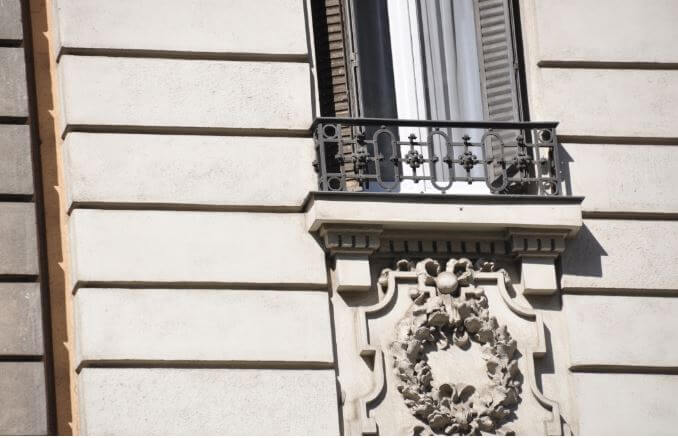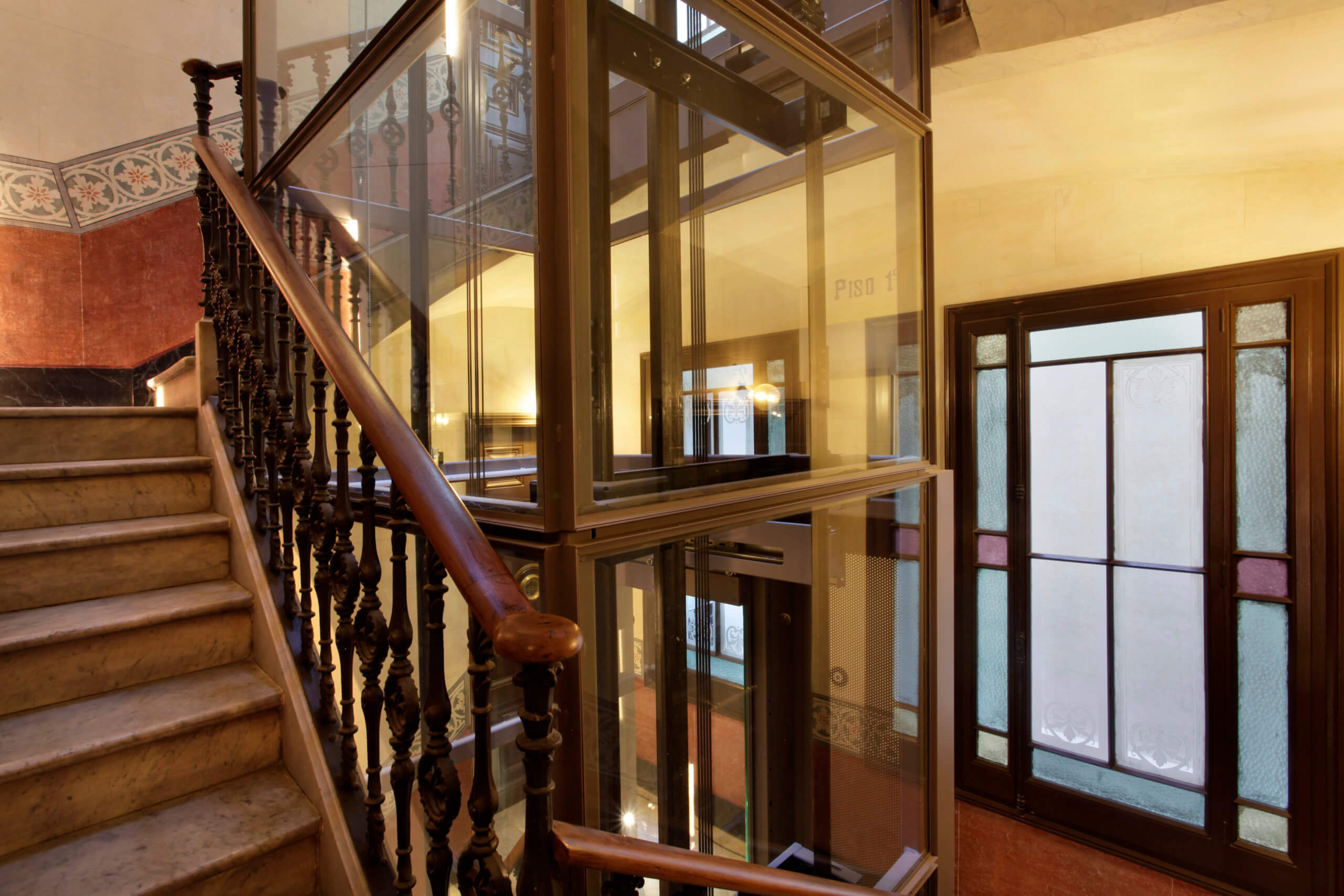The rehabilitation of real estate is one of the main activities that we carry out at Renta Corporación.
With more than 30 years dedicated to thepurchase, transformation, and sale of buildings. In this time, we have developed a business model based on the creation of value in each of the operations that we carry out. The main objective that we pursue with the rehabilitation of buildings is to transform the assets that have become obsolete to adapt them to the new needs of the market.
In Spain, the building stock is very old and is responsible for more than a third of carbon dioxide emissions. Through legal and technical transformation, physical rehabilitation, and lease management, we manage to generate added value for both the property and the tenants.
How does the rehabilitation of real estate generate value?
The rehabilitation of real estate is positioned as an alternative to new construction housing. Especially at a time marked by the lack of land, the slowness in administrative procedures and the increase in the price of construction materials.
Transforming a habitual residence, which is normally where we spend more time, is a way of improving the quality of life, both in aspects related to health and well-being as well as safety or habitability. The rehabilitation of buildings is also a great opportunity to improve their energy efficiency and promote the use of clean energy.
The Appraisal Society has developed a model to calculate the increase in value of a property after its rehabilitation. On average, a house over 50 years old would increase its value by 25% after being rehabilitated, although it is estimated that the value of the asset can increase between 20% and 45%, so the rehabilitation of real estate is also an investment for sell in the future.
The 5 factors that increase the value of the home after its rehabilitation
Building quality
The rehabilitation of a building is carried out to improve its quality. Whether in terms of habitability, structural and construction safety, facilities, accessibility, energy efficiency, ventilation and lighting… among many other factors.
Technical Inspection of Buildings
In relation to the above, most of the buildings are rehabilitated to obtain the ITE (Technical Inspection of Buildings). It is a type of maintenancethat reviews a series of elements that affect the safety of the property and the peoplewho habit it. In the event that the report issued by the technician is not favorable, it will be necessary to carry out the necessary transformations.
The use of premium quality sustainable materials
As a result of the pandemic,sustainable homes have become an alternative to conventionally built homes due to their contribution to energy efficiency and care for the environment. Currently, the assets that use sustainable materialsand follow the standards of sustainability, wellness, health and technology in the construction processes are better valued.
Energetic certification
Homes that have energy or sustainability certifications and energy saving measures increase their value. There are several types of sustainable certificates, such as the BREEAM, which measures the degree of environmental sustainability of the building. On the other hand, the LEED, which measures the efficient use of energy and water, the correct use of materials, the management of waste in construction and the quality of the indoor environment in living spaces. There is also the GREEN certification from the Green Building Council Spain, which guarantees that it is a sustainable building, and the AA energy certification, which confirms its low energy consumption.
Technological innovation systems
The application of sensors and monitors in the building allows us to have an exhaustive record of the facilities, giving us access to any point. On the other hand, the centralization of the facilities facilitates the saving of resources, through the constant control of aspects such as the level of energy consumption and air quality.


